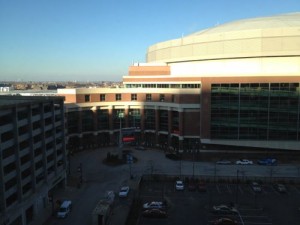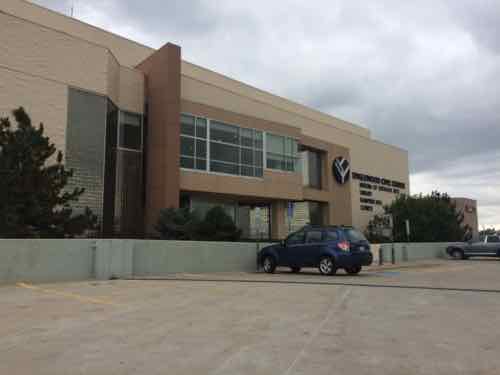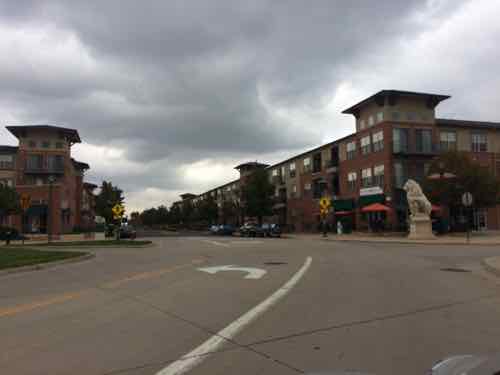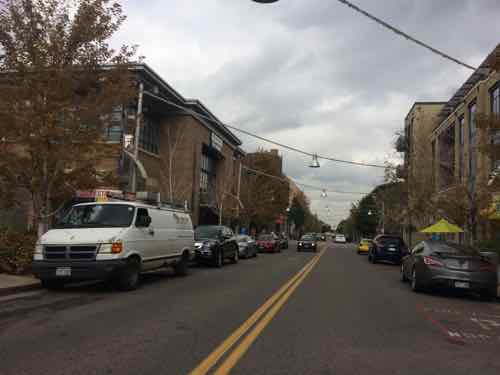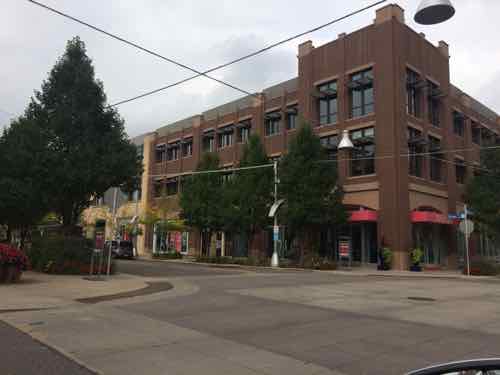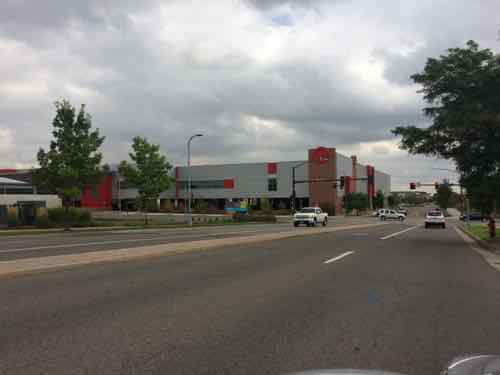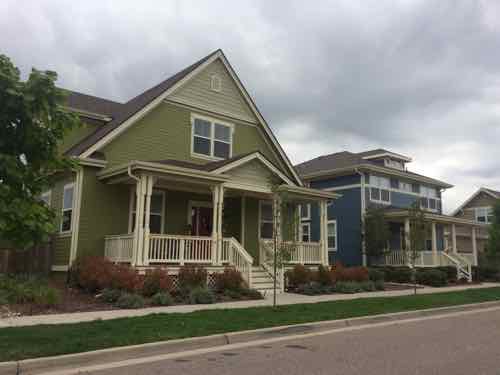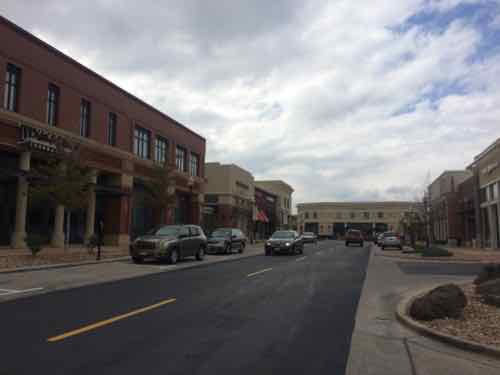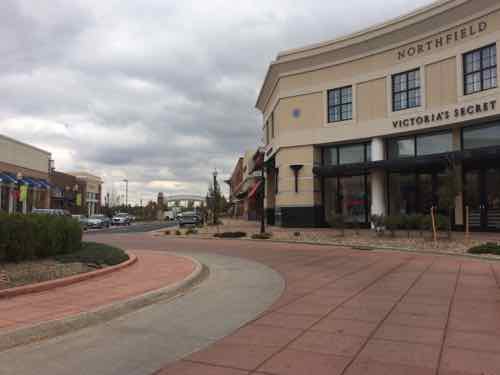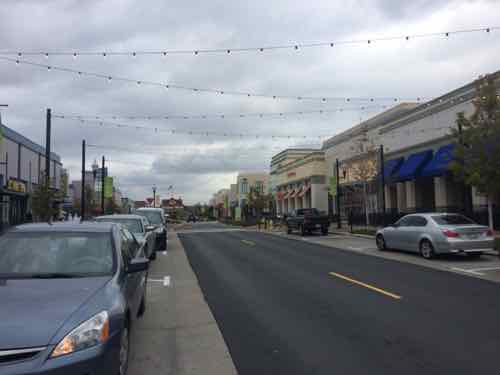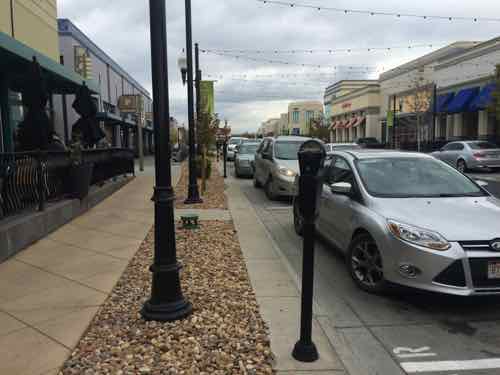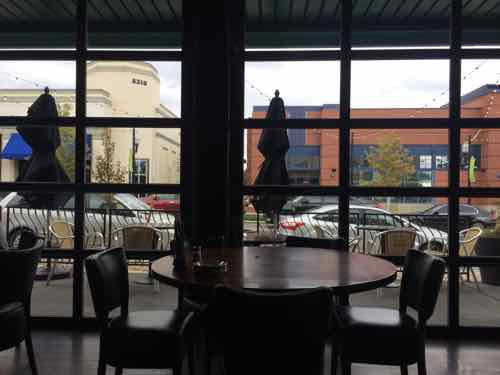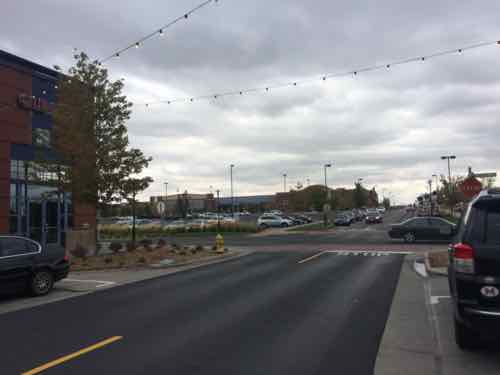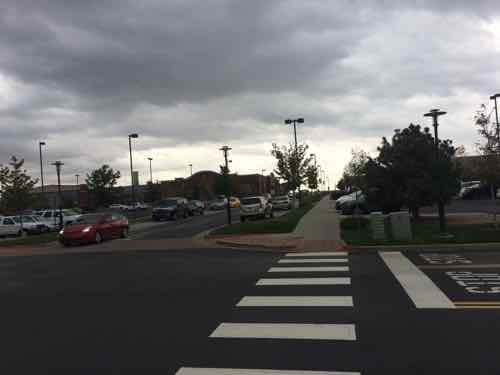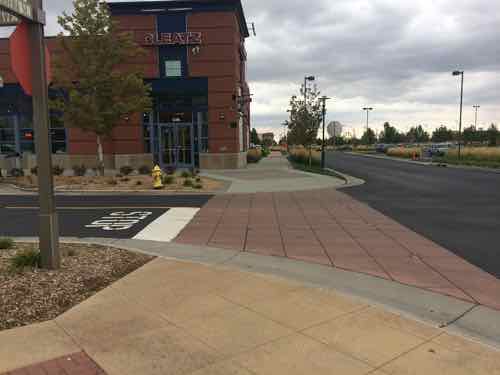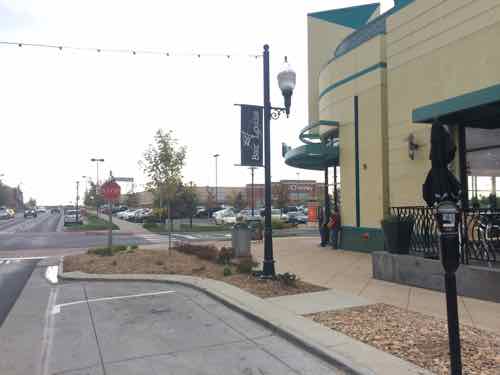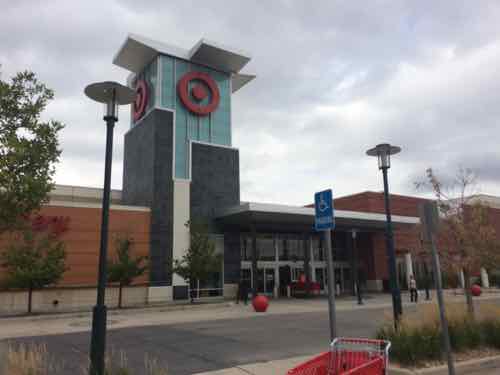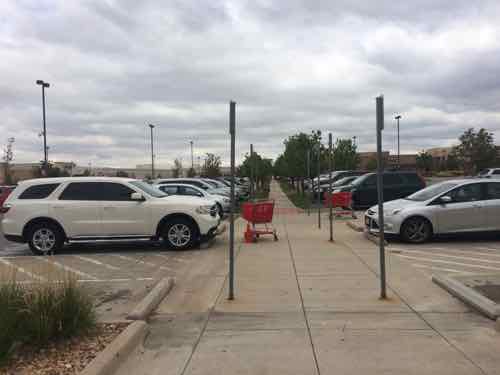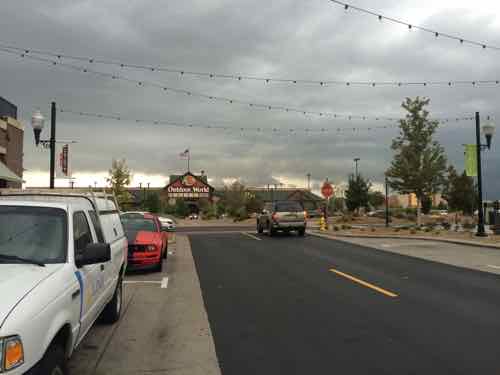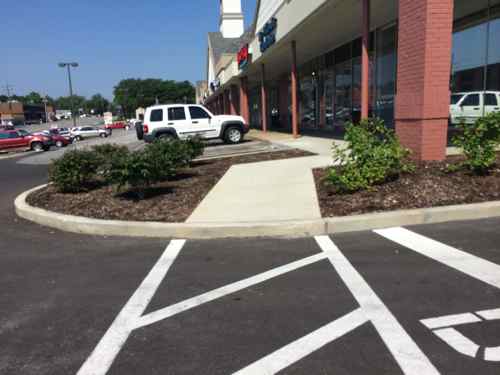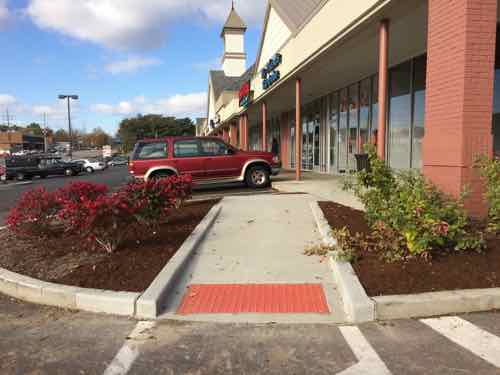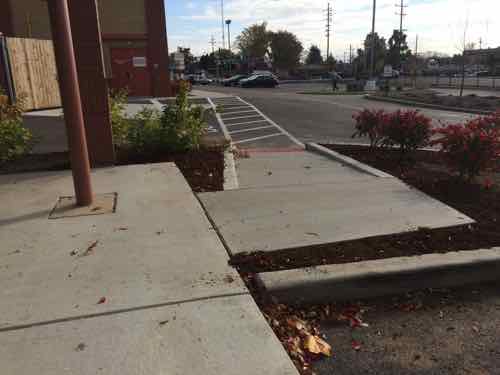Voter ID Laws Supress Voters
A majority of those who voted in the poll last week foolishly think voter ID laws are about preventing fraud. The real motivation is to keep those who typically vote Democratic from voting:
A disabled woman in Travis County was turned away from voting because she couldn’t afford to pay her parking tickets. An IHOP dishwasher from Mercedes can’t afford the cost of getting a new birth certificate, which he would need to obtain the special photo ID card required for voting. A student at a historgically black college in Marshall, who registered some of her fellow students to vote, won’t be able to cast a ballot herself because her driver’s license isn’t from Texas and the state wouldn’t accept her student identification card. (Ginsburg Was Right: Texas’ Extreme Voter ID Law Is Stopping People From Voting)
A couple more examples from Wisconsin, via the ACLU:
Ruthelle Frank is a resident of Brokaw, Wisconsin, where she has served on the Village Board since 1996. She was born at her home in Brokaw in 1927. She is an eligible voter registered to vote in Wisconsin. She has no accepted form of photo ID under the photo ID law and lacks a certified copy of her birth certificate, which she needs to prove citizenship to the Wisconsin DMV. Though she has never had a birth certificate in her possession, the state Register of Deeds has a record of her birth and can produce a certified copy of her birth certificate, but at a cost. The record on file, however, has an incorrect spelling of her maiden name: Wedepohl, and is consequently an unacceptable form of identification. The process to correct the birth certificate is lengthy and costly, with some reports suggesting it might require $200 or more. She has voted in every election since 1948 and intends to vote in Wisconsin again next year.
Eddie Lee Holloway Jr.’s birth certificate says Eddie Junior Holloway and as a result he is no longer able to vote in the state of Wisconsin. DMV employees tell him that his birth certificate is an unacceptable form of ID because the name on it reads “Eddie Junior Holloway,” due to a decades-old clerical error. It doesn’t matter to the DMV that his father’s name — “Eddie Lee Holloway” — is printed on his birth certificate, and that Eddie has a Social Security Card and an expired Illinois photo ID both bearing the name “Eddie L Holloway Jr”. Eddie says, “I never miss voting” and has rarely missed a chance to cast a ballot since he was 18. He worked in Illinois for years as a cook at the airport and Claire’s Family Restaurant, and he cooked in nursing homes too. Years of heavy lifting and hard work left him severely disabled, unemployed, and homeless — in that order. He now lives with his mother in Milwaukee but cannot secure the disability benefits and medical attention he so badly needs due to a lack of photo ID.
You might think it’s no big deal if a handful of people are inconvenienced or turned away to cut down on the massive fraud that takes place. The reality is the reverse, thousands are turned away because of a few cases of fraud:
Election fraud happens. But ID laws are not aimed at the fraud you’ll actually hear about. Most current ID laws (Wisconsin is a rare exception) aren’t designed to stop fraud with absentee ballots (indeed, laws requiring ID at the polls push more people into the absentee system, where there are plenty of real dangers). Or vote buying. Or coercion. Or fake registration forms. Or voting from the wrong address. Or ballot box stuffing by officials in on the scam. In the 243-page document that Mississippi State Sen. Chris McDaniel filed on Monday with evidence of allegedly illegal votes in the Mississippi Republican primary, there were no allegations of the kind of fraud that ID can stop. (A comprehensive investigation of voter impersonation finds 31 credible incidents out of one billion ballots cast)
Also see Jim Crow Returns: Millions of minority voters threatened by electoral purge.
Here are the embarrassing poll results:
Q: Photo ID Voter Laws…
1) Prevent voter fraud 132 [67.69%]
2) Disenfranchise voters 54 [27.69%]
3) Make no difference 7 [3.59%]
4) Unsure/no opinion 2 [1.03%]
— Steve Patterson
